The healthcare landscape has undergone a remarkable transformation in recent years, with telemedicine emerging as a cornerstone of modern medical care. This shift has been accelerated by the global pandemic, but the convenience and accessibility of virtual healthcare services ensure their continued growth and relevance. Today, we’ll explore how telemedicine is changing the way we access healthcare, the benefits it offers, and how you can make the most of these innovative services.
What is Telemedicine?
Telemedicine allows healthcare providers to connect with patients remotely using technology
Telemedicine allows you to communicate with a healthcare provider using technology, without visiting a clinic or hospital. It enables real-time conversations with healthcare professionals about symptoms, medical issues, and treatment options through video calls, online portals, and email.
With telemedicine, you can receive diagnoses, learn about treatment options, and even get prescriptions electronically. In some cases, providers can remotely monitor readings from medical devices to track your condition from afar.
Types of Telemedicine
Interactive Medicine
Also called “live telemedicine,” this involves real-time communication with healthcare providers through video calls or phone conversations.
Remote Patient Monitoring
Allows providers to monitor patients remotely using mobile medical equipment to collect data on vital signs like blood pressure and blood sugar levels.
Store and Forward
Health information that you enter is shared with a provider and reviewed at a later time, not in real time.
Telemedicine vs. Telehealth: Understanding the Difference
While often used interchangeably, these terms have distinct meanings. Telemedicine specifically refers to the use of technology that lets healthcare providers and patients connect virtually for clinical services. Telehealth, on the other hand, is a broader term that encompasses both clinical and non-clinical remote healthcare services, including provider training, administrative meetings, and continuing medical education.
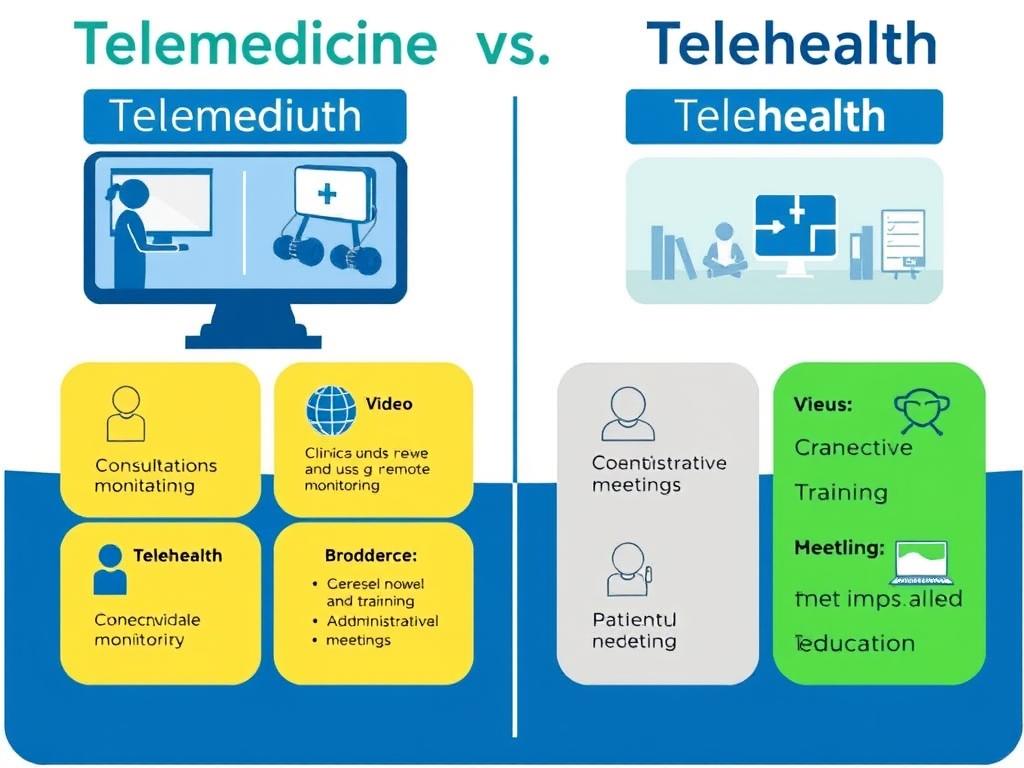
The Benefits of Telemedicine Services
The growing need for more accessible healthcare is driving the expansion of telemedicine. Whether you live in a remote area or have a busy schedule, telemedicine can significantly improve your overall health and well-being.
Benefits of Telemedicine
- Increased accessibility to care, especially for rural areas
- Reduced travel time and transportation costs
- Less time away from work or family obligations
- Decreased exposure to contagious illnesses in waiting rooms
- Faster access to specialists who may practice far from your location
- Potential reduction in emergency room visits for non-urgent issues
- Convenience of receiving care from your home
- Family members can easily join consultations
Limitations of Telemedicine
- Not suitable for all medical situations, especially emergencies
- Physical examinations are limited
- Potential technology barriers for some patients
- Insurance coverage may vary
- Privacy and security concerns
- Possible gaps in care if records aren’t shared properly
- May require basic understanding of internet and web services

Telemedicine allows patients to receive care from the comfort of their own homes
Ready to experience the convenience of virtual healthcare?
Many insurance plans now cover telemedicine visits. Check with your provider to see what virtual care options are available to you.
How Telemedicine Works
Telemedicine appointments work by virtually connecting you to a healthcare provider, typically via a secure online video platform. To use telemedicine services, you’ll need a stable internet connection and a device with a camera (smartphone, tablet, or computer). Some providers may ask you to download an app or specific software to connect online.
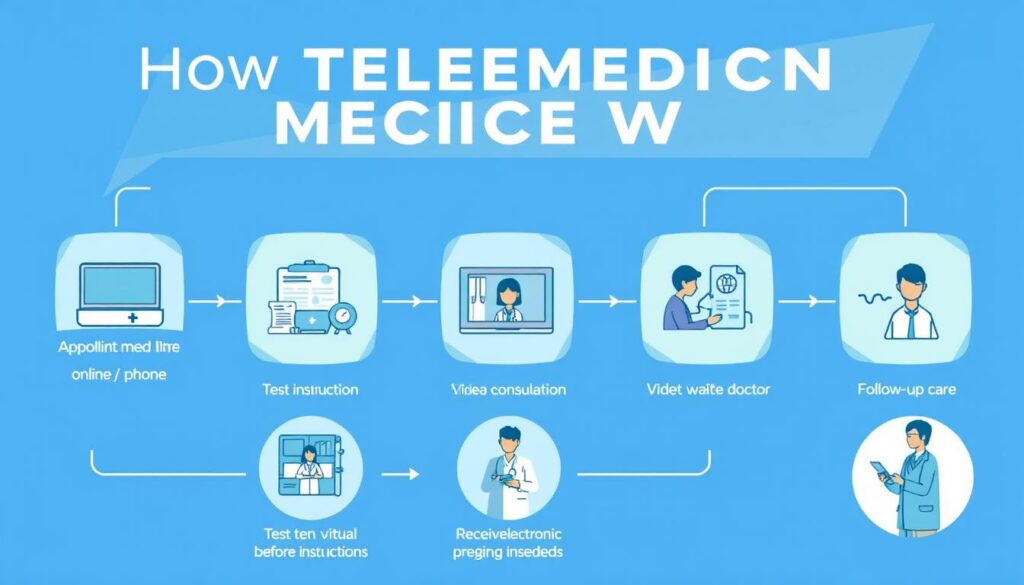
Common Ways to Access Telemedicine
Patient Portals
With the security of a username and password, patient portals let you send and receive emails from your doctor or nurse, request prescription refills, and schedule appointments. Your doctor can also share lab or imaging test results and explain what they mean.
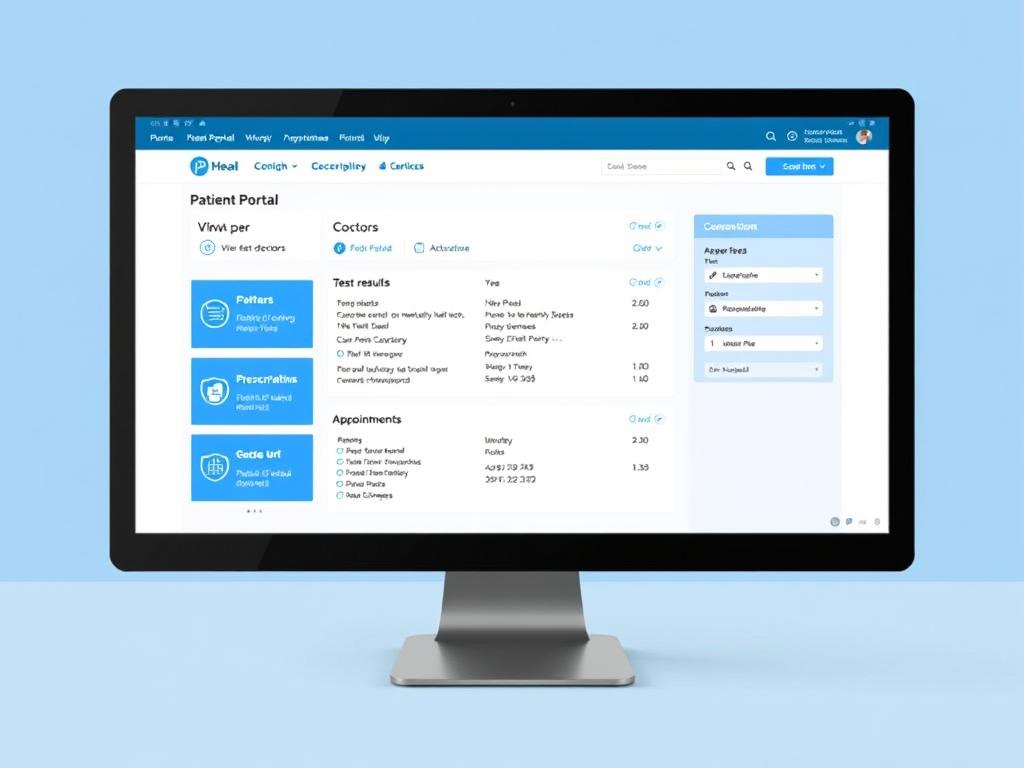
Virtual Appointments
Many doctors offer appointments through phone calls or video conferences. These virtual meetings can be with primary care physicians, specialists, mental health professionals, and urgent care providers. They allow for face-to-face interaction without being in the same physical location.

What Medical Issues Can Be Addressed Through Telemedicine?
Telemedicine is particularly useful for managing chronic health conditions and addressing non-emergency medical needs. Here are some common uses:
Common Conditions
- Colds and flu
- Allergies
- Rashes and skin conditions
- Urinary tract infections
- Sinus infections
- Pink eye
Chronic Care Management
- Diabetes monitoring
- High blood pressure management
- Medication adjustments
- Follow-up appointments
- Reviewing test results
Mental Health Services
- Therapy sessions
- Psychiatric consultations
- Medication management
- Counseling
- Support groups
When NOT to Use Telemedicine
Telemedicine is not appropriate for emergency situations such as:
- Heart attacks or chest pain
- Strokes
- Severe bleeding or deep wounds
- Broken bones requiring X-rays, splints, or casts
- Severe breathing difficulties
Always call 911 or go to the emergency room for urgent medical situations.
Getting Started with Telemedicine
If you’re interested in trying telemedicine, here’s how to get started:

Proper preparation can help ensure a successful telemedicine appointment
How to Prepare for a Telemedicine Appointment
- Check with your provider: Ask if they offer telemedicine services and if your insurance covers these visits.
- Set up the technology: Make sure you have a reliable internet connection and a device with a camera and microphone.
- Test the platform: Try the video conferencing software before your appointment to ensure everything works properly.
- Find a private space: Choose a quiet, well-lit area where you won’t be interrupted and where the doctor can see you clearly.
- Prepare your information: Have your medical history, current medications, and a list of questions ready.
- Have relevant tools available: Keep any devices like a thermometer, blood pressure monitor, or scale nearby if needed.
Troubleshooting Technical Issues
Technology doesn’t always work perfectly. If you encounter problems during your telemedicine appointment, try these steps:
- Ensure your device is charged or plugged in
- Restart your device if it’s running slowly
- Check your internet connection strength
- Try connecting with a different device if available
- Contact your provider’s office for technical assistance

Privacy and Security in Telemedicine
The same rules that protect your privacy during in-person appointments apply when using telemedicine. Healthcare providers typically use secure portals for video calls and messaging to ensure your information remains confidential.
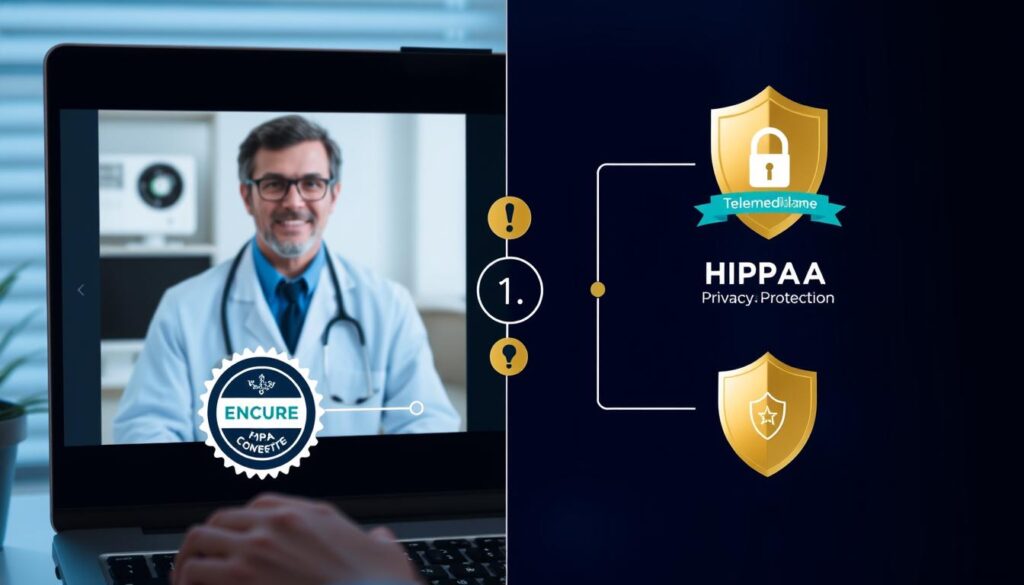
Tips for Maintaining Your Privacy
- Only enter personal information on secure sites (look for a lock icon in the address bar)
- Keep anti-virus software updated on all your devices
- Use a password-protected wireless network
- Avoid using public Wi-Fi for telemedicine appointments
- Don’t use shared devices (except those shared with family)
- Verify the identity of new providers before sharing information
- Find a private location for your appointment where others can’t overhear
Insurance Coverage and Costs
As telemedicine becomes more mainstream, many health insurance plans are expanding their coverage for virtual visits. The cost of telemedicine can vary based on your insurance plan, the type of visit, and the provider.

Understanding Telemedicine Costs
On average, a single telemedicine visit costs around $79, which is significantly less than an in-person doctor’s visit (approximately $146) or an emergency room visit (which can exceed $1,700). However, costs can vary widely depending on:
| Factor | How It Affects Cost |
| Insurance Coverage | Many plans now cover telemedicine at the same rate as in-person visits, but coverage varies by provider and state |
| Type of Provider | Specialists typically charge more than primary care physicians |
| Visit Purpose | Initial consultations often cost more than follow-up appointments |
| Telemedicine Platform | Different telemedicine companies have varying fee structures |
| Medicare/Medicaid | Coverage has expanded, especially since the pandemic, but restrictions may apply |
Check Your Insurance Coverage
Before scheduling a telemedicine appointment, contact your insurance provider to understand your coverage and potential out-of-pocket costs.
Telemedicine Across Medical Specialties
Telemedicine has expanded beyond general healthcare to include specialized applications across various medical fields:

Telepsychiatry
Direct interaction between patients and psychiatrists through video conferencing, enabling therapy sessions, medication management, and counseling from home.
Telestroke
Used in emergency departments to connect neurologists remotely with emergency doctors, reducing the need for in-house specialists and improving stroke care in underserved areas.
Teleradiology
Allows radiologists to receive and interpret medical images remotely, providing expert analysis without being physically present at the examination site.
Teledermatology
Enables dermatologists to diagnose and treat skin conditions through high-resolution images and video consultations, ideal for rashes, acne, and other visible skin issues.
Telerehabilitation
Physical therapists and occupational therapists can guide patients through exercises and monitor progress remotely, making rehabilitation more accessible.
Telecardiology
Cardiologists can remotely monitor heart conditions, review ECGs, and manage medications for patients with heart disease, reducing the need for frequent in-person visits.
The Future of Telemedicine
Telemedicine continues to evolve rapidly, with new technologies and applications emerging regularly. Here’s what we can expect in the coming years:

Emerging Trends in Telemedicine
AI and Machine Learning
Artificial intelligence is being integrated into telemedicine platforms to help with preliminary diagnoses, identify patterns in patient data, and even predict potential health issues before they become serious.

Wearable Technology Integration
The integration of data from wearable devices like smartwatches, continuous glucose monitors, and fitness trackers is enhancing remote monitoring capabilities, allowing for more comprehensive and continuous patient care.
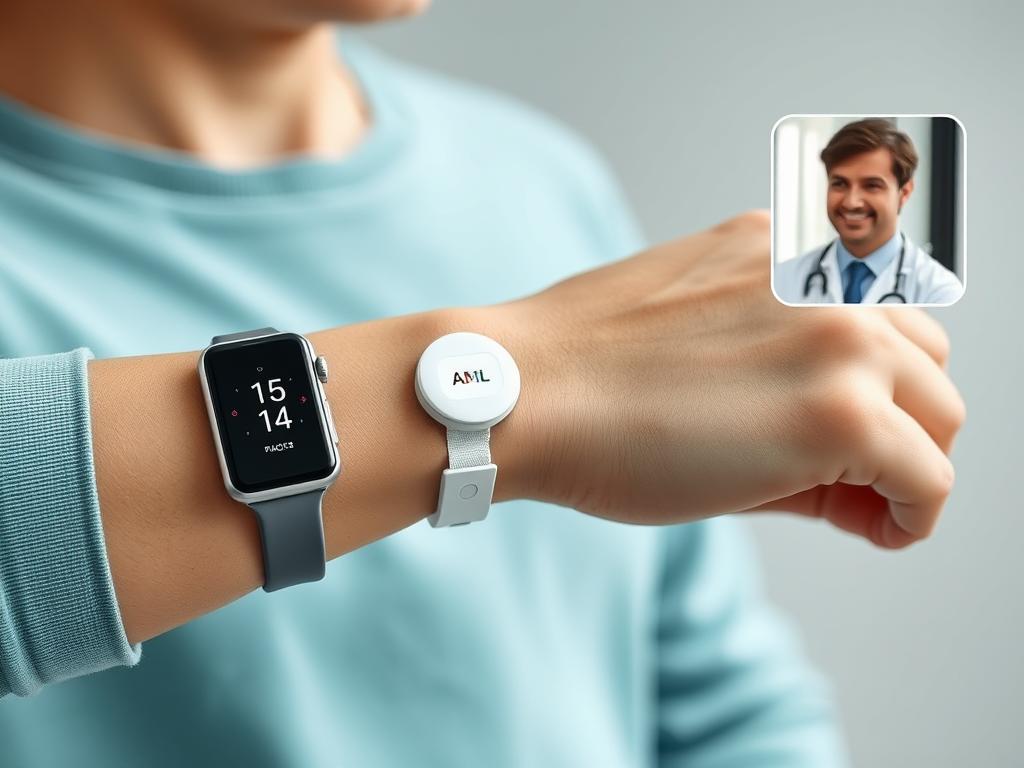
Expanding Access and Applications
As technology improves and adoption increases, telemedicine will continue to break down barriers to healthcare access:
- Global health initiatives bringing telemedicine to underserved regions
- Specialized remote monitoring programs for high-risk patients
- Virtual reality applications for pain management and therapy
- Remote surgical assistance and guidance
- Integration with smart home technology for elderly care
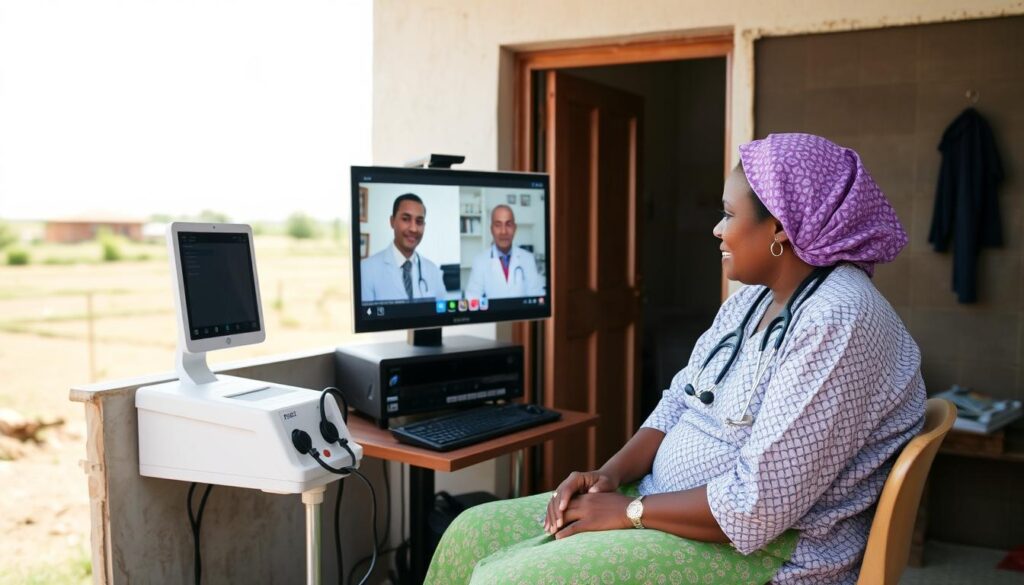
Conclusion: Embracing the Telemedicine Revolution
Telemedicine represents a significant advancement in healthcare delivery, offering convenience, accessibility, and in many cases, cost savings. While it can’t replace all in-person medical care, it provides a valuable complement to traditional healthcare services, especially for routine care, chronic disease management, and follow-up appointments.
As technology continues to improve and both patients and providers become more comfortable with virtual care, telemedicine will likely become an increasingly integral part of our healthcare system. By understanding how telemedicine works and when to use it, you can take advantage of this convenient option to manage your health more effectively.
Ready to Experience the Benefits of Telemedicine?
Talk to your healthcare provider about telemedicine options or explore virtual care platforms that can connect you with qualified medical professionals from the comfort of your home.
Frequently Asked Questions About Telemedicine
Is telemedicine covered by insurance?
Many insurance plans now cover telemedicine services, especially since the COVID-19 pandemic. Coverage varies by provider and state, so it’s best to check with your specific insurance plan before scheduling a telemedicine appointment.
What equipment do I need for a telemedicine appointment?
At minimum, you’ll need a device with internet access and a camera (smartphone, tablet, or computer). A stable internet connection is essential, and headphones can improve audio quality. Some appointments may require specific medical devices like a blood pressure monitor or thermometer.
Can doctors prescribe medication through telemedicine?
Yes, doctors can prescribe many medications during telemedicine appointments. The prescription can be sent electronically to your pharmacy. However, there are restrictions on prescribing certain controlled substances through telemedicine.
How do I find a reputable telemedicine provider?
Start by checking if your current healthcare provider offers telemedicine services. You can also ask your insurance company for in-network telemedicine options. Look for providers that use secure, HIPAA-compliant platforms and have licensed medical professionals.
